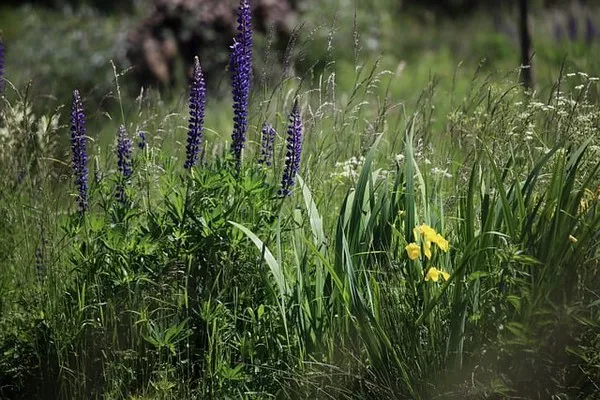City, State – Agricultural communities have long struggled with the menace of weeds, which pose a formidable challenge by vying for essential resources such as light, water, and nutrients, resulting in substantial crop yield losses. Addressing this concern, a collaborative research effort between the Max Planck Institute for Evolutionary Biology in Plön, Germany, and the Julius-Maximilians-Universität Würzburg (JMU) has yielded a breakthrough mathematical model. This innovative model centers on the population dynamics and evolutionary pathways of herbicide resistance in perennial weeds, offering targeted predictions for specific weed types. The findings of this research were recently unveiled in a publication in Nature Plants.
Herbicides as a Milestone
The advent of herbicides in the latter half of the previous century marked a significant stride in conventional agriculture’s battle against weeds. Herbicides revolutionized weed management by enabling efficient weed eradication with minimal labor input, largely replacing manual and mechanical removal methods.
Nonetheless, the passage of time has witnessed the emergence of herbicide resistance in various weed species, an alarming phenomenon that poses a grave threat to agriculture and, consequently, global food security. Herbicide resistance, often arising spontaneously, can exist at low frequencies within weed populations that have never encountered the herbicides. The application of herbicides affords resistant plants a competitive edge, leading to their rapid proliferation within the population. As the proportion of resistant plants escalates, the efficacy of the herbicide wanes, resulting in the diminished suppression of the weed population.
Perennial Weeds: A Unique Challenge
Perennial weeds, exemplified by Johnson grass (Sorghum halepense), present a unique challenge due to their capacity to propagate both sexually through seeds and vegetatively via underground horizontal shoot axes known as rhizomes. These weeds harbor a dormant seed reservoir in the soil, ensuring their resurgence each season. Employing strategies such as crop rotation and tillage can enhance control over perennial weeds. Analogous to the approach used with antibiotics, combining multiple herbicides with varying modes of action or adopting a rotation-based strategy can protract the emergence of herbicide resistance.
While field studies provide insights into weed control techniques, their scope is inherently limited in terms of duration and scale. Mathematical modeling has emerged as an invaluable tool for forecasting population dynamics and resistance evolution among weeds. However, previous models primarily focused on annual plant species, given the intricate life cycle of perennial weeds.
A Glimpse of Prediction
This new model represents a pioneering step forward by enabling predictions regarding population dynamics and herbicide resistance evolution within johnsongrass populations. The model encompasses the complex life cycle of the weed, in addition to the impacts of herbicides and tillage. This computational framework facilitates the exploration of the role of specific life cycle attributes in weed control and resistance emergence. Through computer simulations, researchers unearthed effective strategies for delaying herbicide resistance evolution and maintaining manageable weed populations.
The model underscores the superiority of employing combinations of multiple herbicides with diverse action mechanisms over rotations and singular treatments for johnsongrass population control and herbicide resistance mitigation. Such multi-herbicide strategies not only curtail the risk of resistance but also diminish the potential environmental repercussions associated with increased herbicide usage.
In contrast, the study indicates that herbicide rotations are less effective at delaying resistance emergence but are adept at decelerating the growth of resistant subpopulations. Additionally, the research underscores the critical role of tillage in johnsongrass control. By reducing weed density, tillage effectively mitigates the risk of weed control failures.
Transforming Weed Management
The resultant model, a testament to scientific ingenuity, fosters a deeper comprehension of herbicide resistance emergence and dissemination within weed populations. The study’s insights hold the potential to shape sustainable and effective strategies for weed control, serving as a guide for practitioners seeking to strike a balance between agricultural productivity and environmental impact.


